This month, Japan will host the Rugby World Cup 2019, the first time the tournament has paid visit to Asia, and the first time it has left the traditional rugby home nations. Across the country, the 12 cities that will be hosting the tournament are making their final preparations to welcome 400,000 fans of the game.
Over the past year, The Japan Times has visited each of the host cities for its “A weekend in…” series. From helicopter tours over active volcanos and rafting down rapids to remote shrines and museums dedicated to noodles, we’ve found the best things to do in each city.
Here we present an overview of the host cities, the games they’ll be hosting and how to get to each stadium.
Tokyo
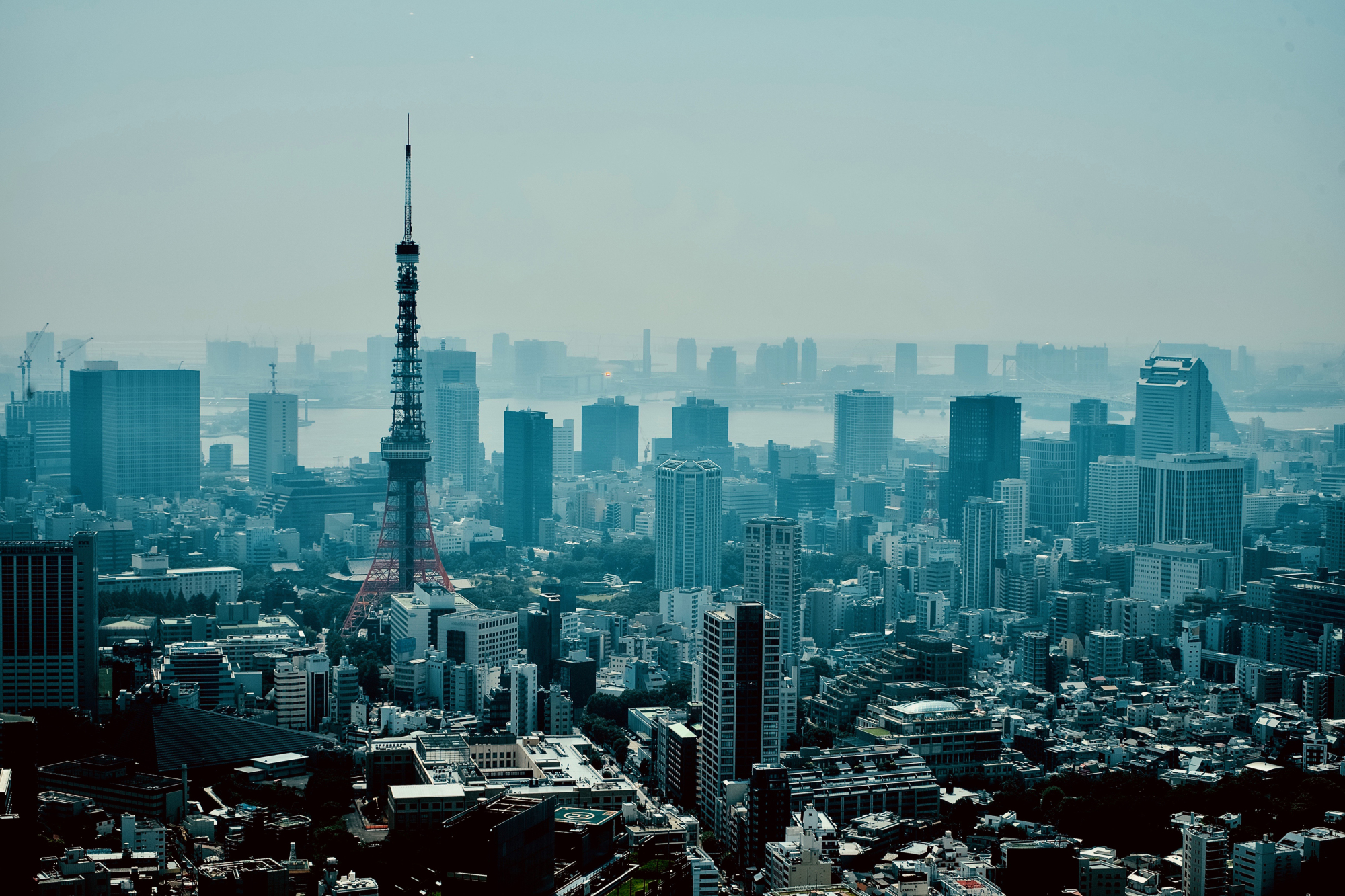
When planning a weekend in Tokyo, be ready to accept defeat: It is simply not possible to see everything. With a well-crafted itinerary, though, visitors can get a genuine feel for the city and begin to grasp the lay of the land.
Visit the classics — Meiji Shrine, Yoyogi Park and Harajuku’s Takeshita Street — before heading into the alleyways of Golden Gai and Omoide Yokocho for hearty street food and drink. If you’re looking for glitz and glamour, Tokyo’s fine dining scene will not disappoint, with more Michelin-star restaurants than any other city around the world. Our Tokyo Food File column can recommend the perfect place.
Matches: Tokyo will host the Rugby World Cup’s opening ceremony (Sept. 20) and eight games at Tokyo Stadium (also known as Ajinomoto Stadium): Japan vs. Russia (Sept. 20), France vs. Argentina (Sept. 21); Australia vs. Wales (Sept. 29); England vs. Argentina (Oct. 5); New Zealand vs. Namibia (Oct. 6); QF2 (Oct. 19); QF4 (Oct. 20); and the Bronze final (Nov. 1).
Transport: Tokyo Stadium is a short walk from Tobitakyu Station in the west of the city. From Shinjuku Station, it takes 25 to 35 minutes on the Keio Line to Tobitakyu Station. Trains leave approximately every 15 minutes. Shuttle buses will run between Tokyo Stadium and Chofu Station, Tama Station, Komae Station and Musashisakai Station before and after the match.
A weekend in Tokyo: Unrivaled energy, cuisine and culture
Yokohama
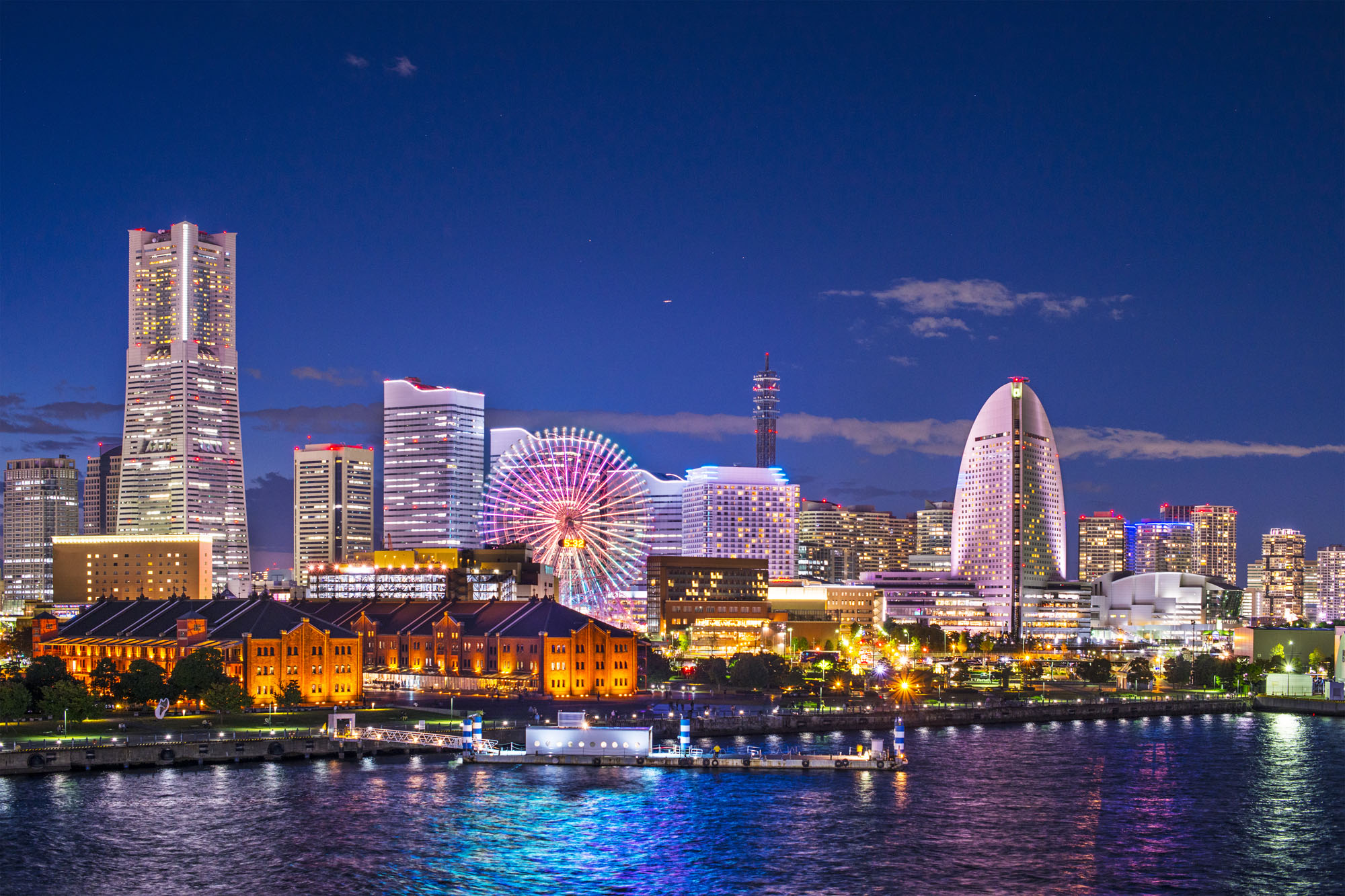
A former fishing village turned bustling port town, Yokohama is now Japan’s second-most populous city. One of the highlights of any visit to Yokohama is the celebrated Cupnoodles Museum, where you can design your own pot of Cup Noodle to takeaway. Another is Yokohama Chukagai, the largest Chinatown in the country, and the ornate Kanteibyo temple nearby.
Matches: Yokohama will host seven games at International Stadium Yokohama (also known as Nissan Stadium): New Zealand vs. South Africa (Sept. 21); Ireland vs. Scotland (Sept. 22); England vs. France (Oct. 12); Japan vs. Scotland (Oct. 13); SF1 (Oct. 26); SF2 (Oct 27) and the final (Nov. 2).
Transport: From Yokohama Station, take the Blue Line subway for around 10 minutes to Shin-Yokohama Station. The stadium is a 15-minute walk from there.
A weekend in Yokohama: The instant attraction of Tokyo’s neighbor
Sapporo
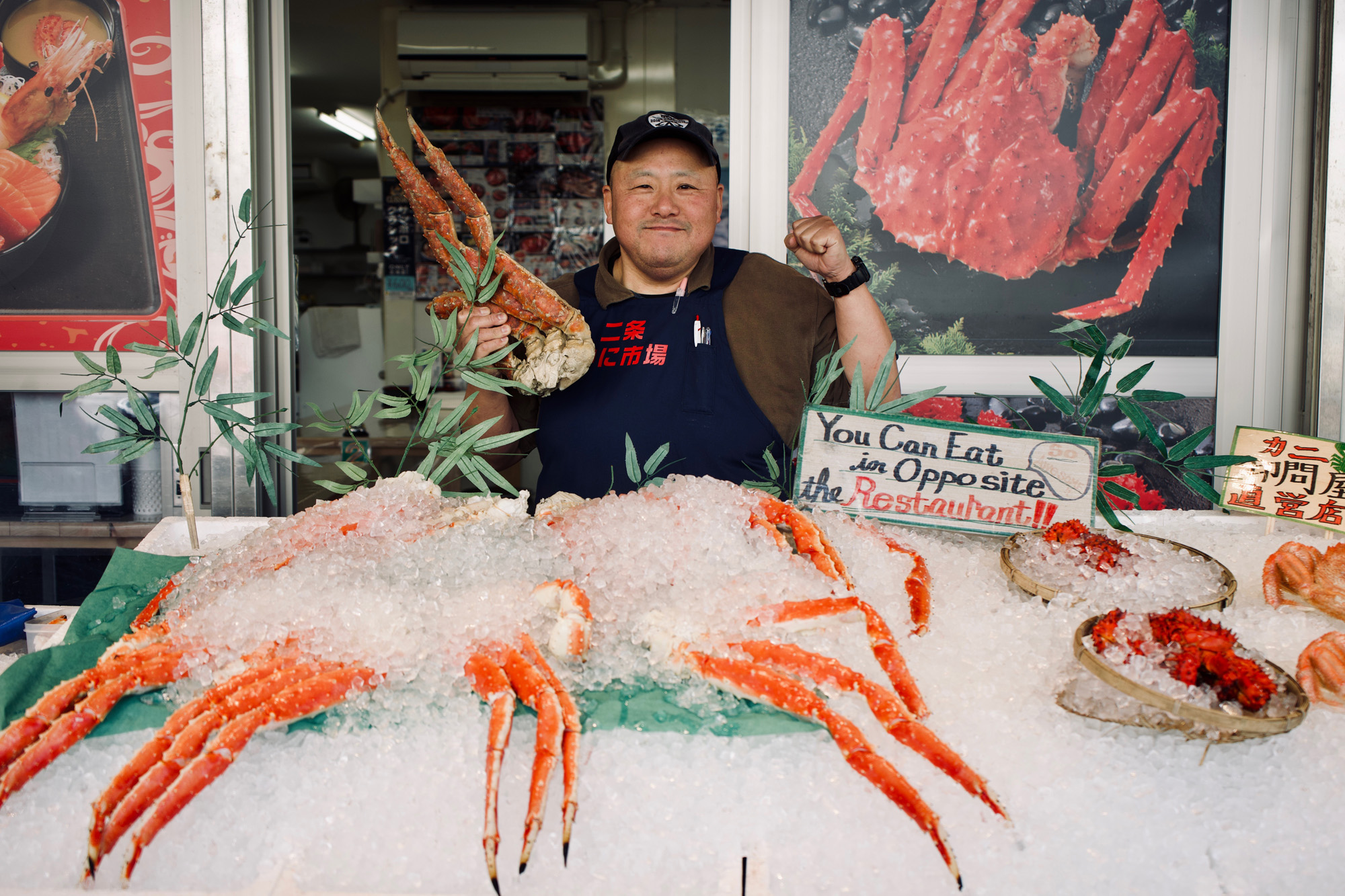
For more than a third of the year, Sapporo is buried beneath thick snow and is best known as the gateway to Niseko, one of Japan’s premier ski resorts. But if winter is uncomfortably cold, then summer is refreshingly cool; and the city transforms.
Visit the Sapporo Beer Museum to learn the history of one of the country’s most famous bevs, Nijo Market to sample locally caught crab, or the outdoor sculpture museum at Sapporo Art Museum.
Matches: Sapporo will host two games at Sapporo Dome: Australia vs. Fiji (Sept. 21) and England vs. Tonga (Sept. 22).
Transport: From Sapporo Station, take the Toho Line approximately 15 minutes to Fukuzumi Station and then walk another 10 minutes to Sapporo Dome.
A weekend in Sapporo: Fresh crab, craft beer and sculpture gardens
Kamaishi
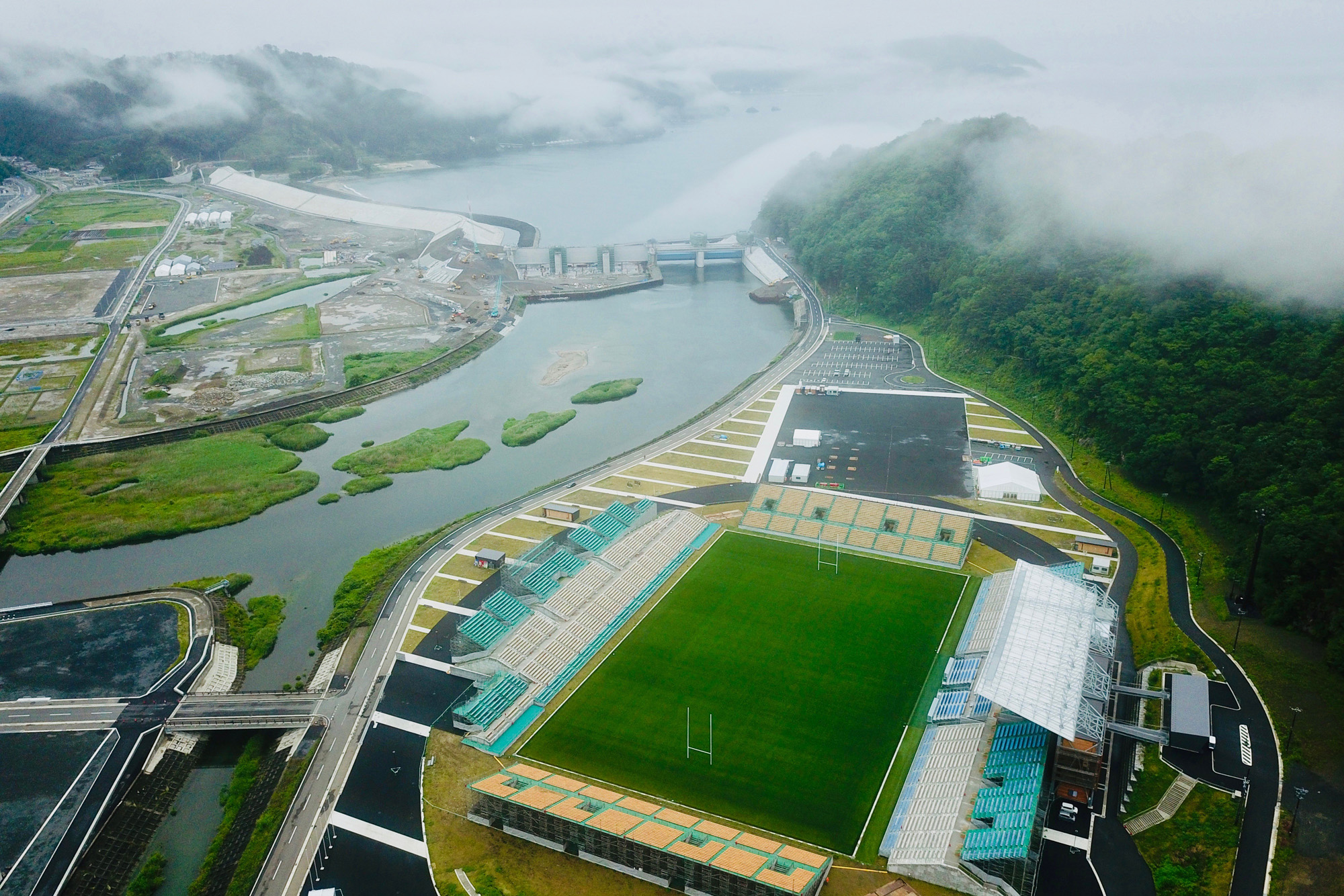
Of all the host venues of the Rugby World Cup, there are none with as tragic a recent past as Kamaishi: In 2011, the Great East Japan Earthquake and tsunami damaged and destroyed much of the Tohoku coast on which Kamaishi is situated.
Despite this, it is still possible to find special pockets worth visiting, including memorials to the earthquake and some stunning stretches of wild coastline. Don’t expect easy, or particularly relaxing, travels in the region, but with consideration for the area’s recovery, it is a unique part of Japan to visit.
Matches: Kamaishi will host two games at Kamaishi Unosumai Memorial Stadium: Fiji vs. Uruguay (Sept. 25) and Namibia vs. Canada (Oct. 13).
Transport: Kamaishi Unosumai Memorial Stadium is a short walk from Unosumai Station — which has trains to Kamaishi and in turn to Morioka, the region’s main transport hub.
A weekend in Kamaishi and Iwate: Educate yourself in natural disaster
Kumagaya
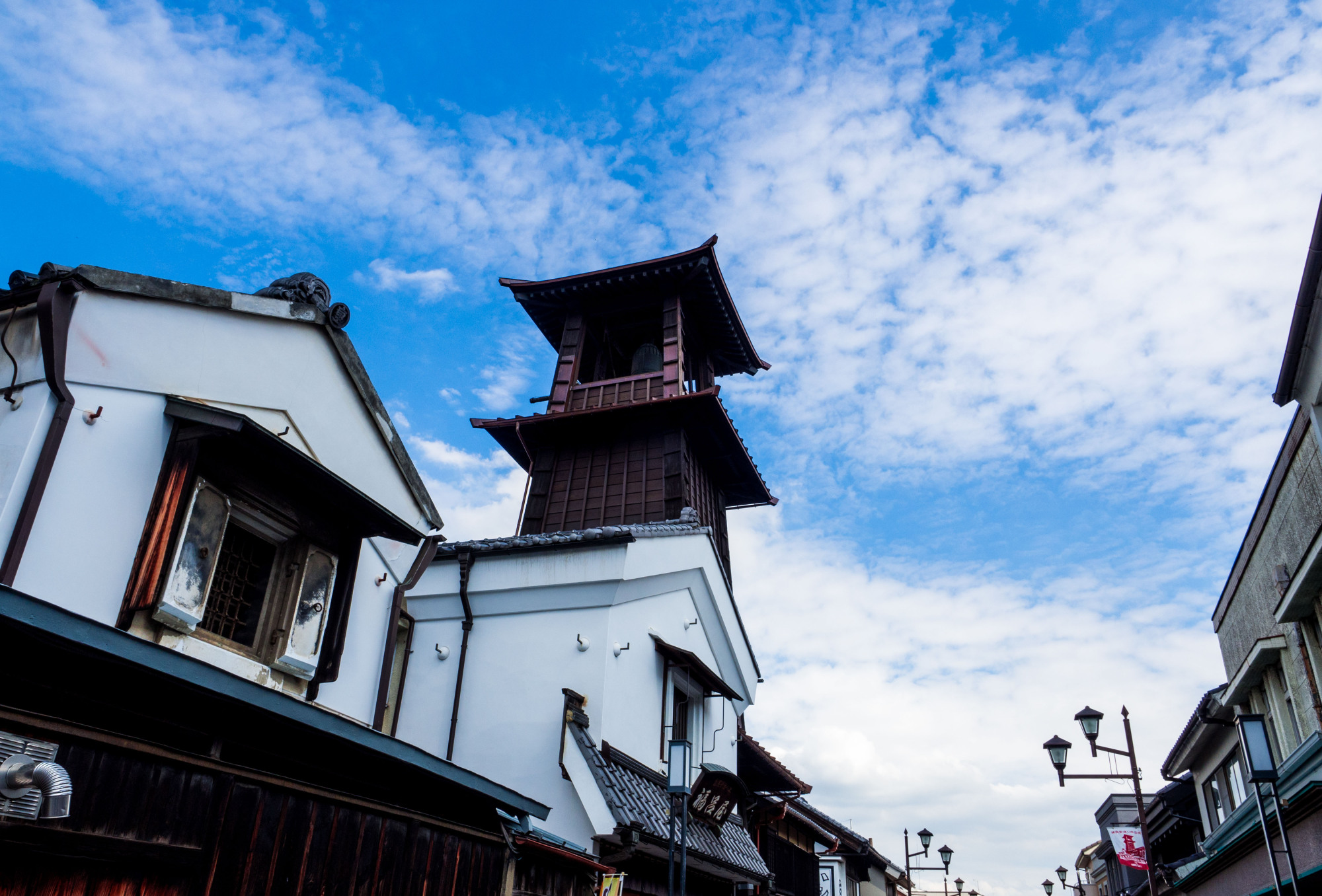
Situated in Saitama Prefecture, a part of Kanto that is often overlooked by tourists and locals, Kumagaya is an excellent starting point for a trip that will take you all across the prefecture — from river rafting in the forested mountains of Chichibu to wandering the historical alleys of Kawagoe in search of artisanal sweets and local souvenirs.
Matches: The city of Kumagaya will host three games at Kumagaya Rugby Stadium: Russia vs. Samoa (Sept. 24); Georgia vs. Uruguay (Sept. 29); and Argentina vs. United States (Oct. 9).
Transport: From Kumagaya Station’s north exit, board a Kuzuwada or Kumagaya Sports Bunka Koen-bound bus from bus stop No. 3 and disembark at Akagi Jinja-mae or Kumagaya Sports Bunka Koen, respectively. It’s a short walk from each of the bus stops to the stadium.
A weekend in Saitama: Coffee, temples and a spot of river rafting
Shizuoka
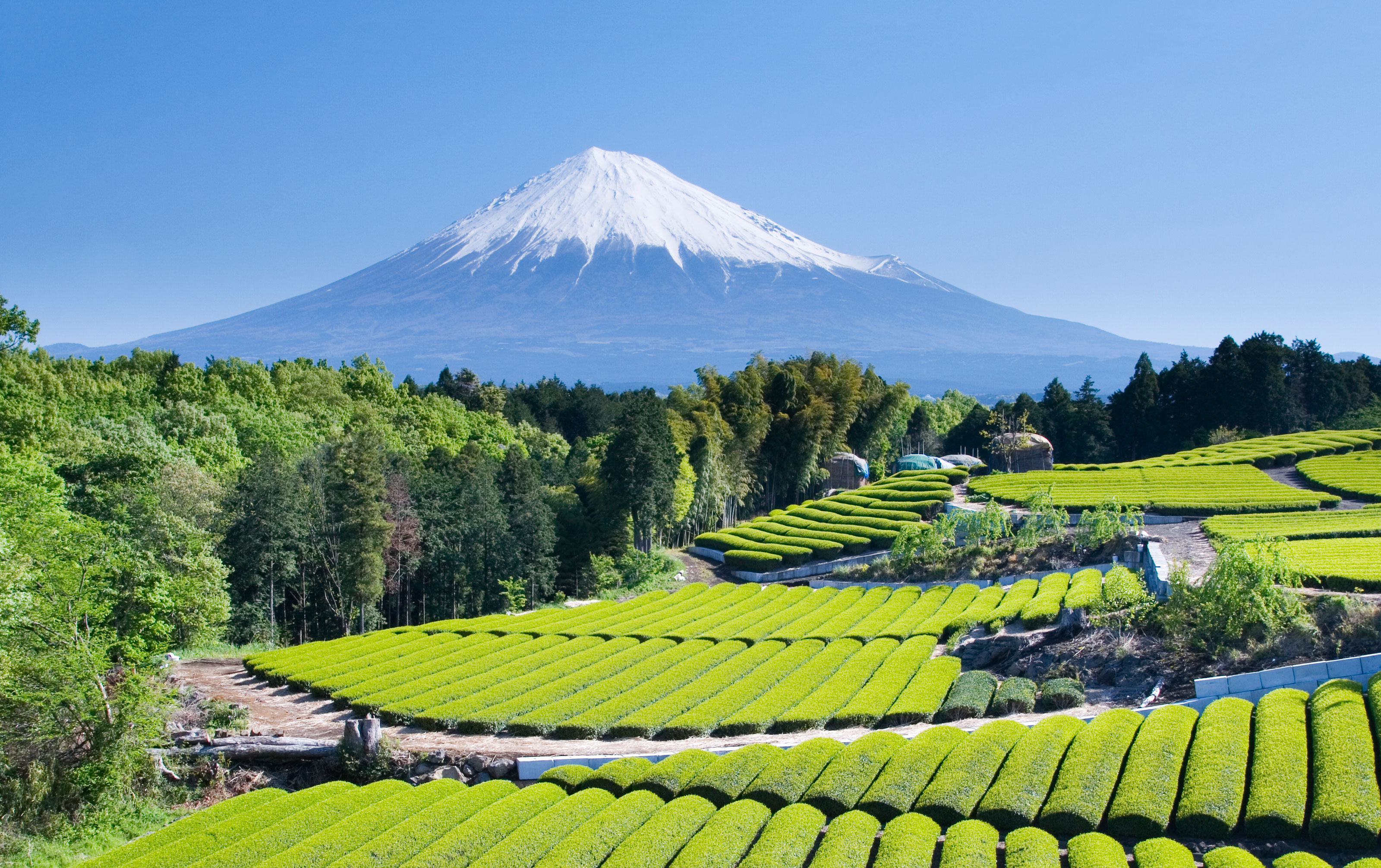
Little-known outside Japan, Shizuoka Prefecture hugs the coast to the south of Mount Fuji. Home to the Tokyo getaway of Izu, the prefecture is known as the starting point for three of the main hiking trails up Mount Fuji, and for the volume of its tea production — some 40 percent of Japan’s green tea is grown here.
Take a tour of a tea farm and explore the bizzaro museums and rugged coastline of the Izu Peninsula before heading toward Shizuoka and the grand tree-lined avenues of Hattasan Soneiji temple near the stadium.
Matches: Shizuoka Prefecture will host four games at Shizuoka Stadium Ecopa: Japan vs. Ireland (Sept. 28); South Africa vs. Italy (Oct. 4); Scotland vs. Russia (Oct. 9); and Australia vs. Georgia (Oct. 11).
Transport: Shizuoka Stadium Ecopa is a 15-minute walk or short bus ride from Aino Station, which is a 20-minute direct train ride from Hamamatsu Station, or two hours from Tokyo with a transfer at Kakegawa Station.
A weekend in Shizuoka: More than the sum of its tea fields
Toyota
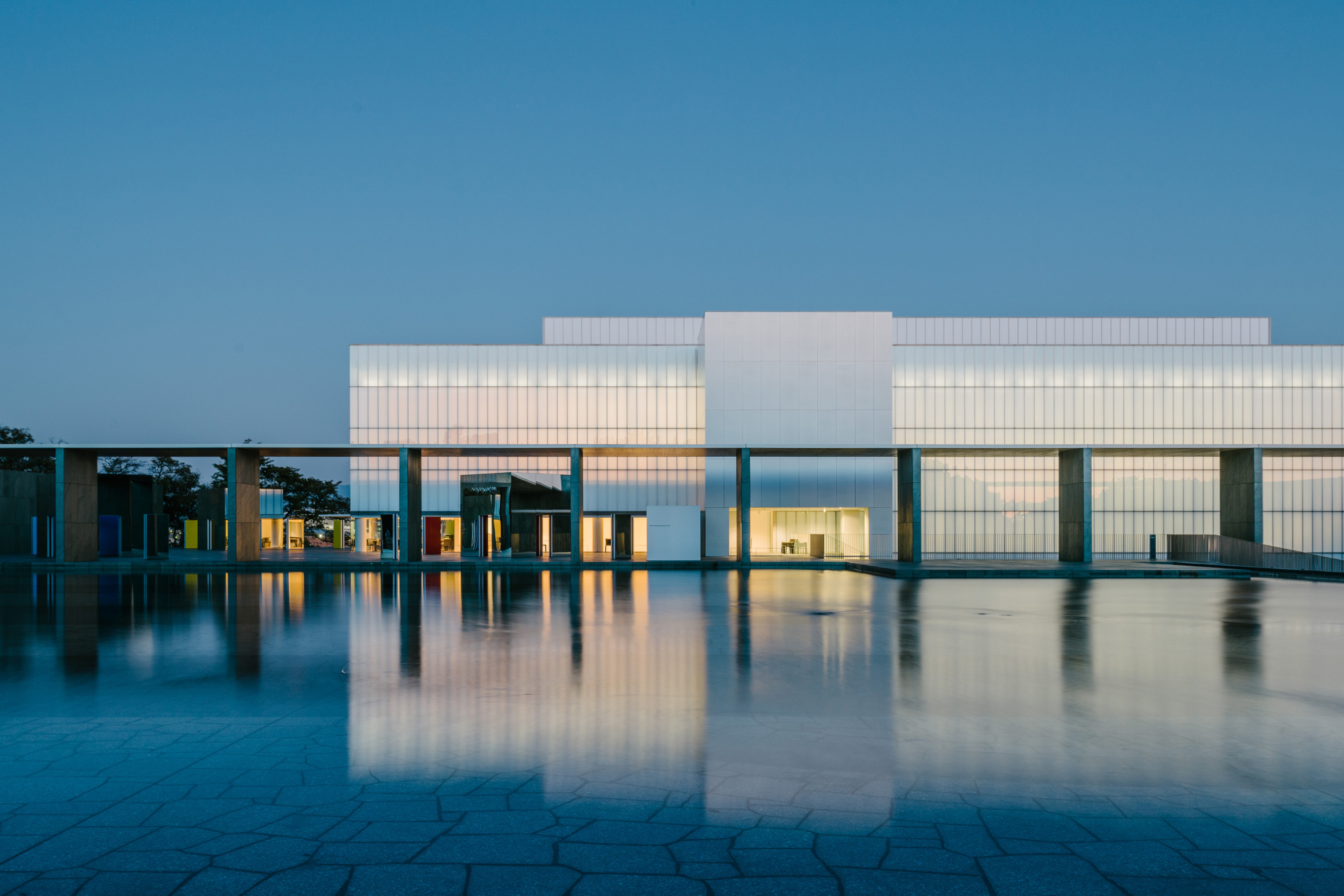
Toyota has long been a major industrial center, first of silk and now of cars. But the city is more than manufacturing: It is home to mountains and valleys of great scenic beauty, and historical sites that date back to the Edo Period (1603 to 1868). The Toyota Municipal Museum of Art is a must visit, as is Tsubasaya, a ramshackle restaurant serving up local tebasaki chicken wings.
Matches: Toyota will host four games at Toyota Stadium: Wales vs. Georgia (Sept. 23); South Africa vs. Namibia (Sept. 28); Japan vs. Samoa (Oct. 5); and New Zealand vs. Italy (Oct. 12).
Transport: Toyota Stadium is about a 20-minute walk from both Toyotashi and Shin-Toyota stations. Head toward Sengoku Park and cross the Yahagi River via Toyota Bridge; the stadium is on the right.
A weekend in Toyota and Nagoya: Where technology meets tradition
Osaka
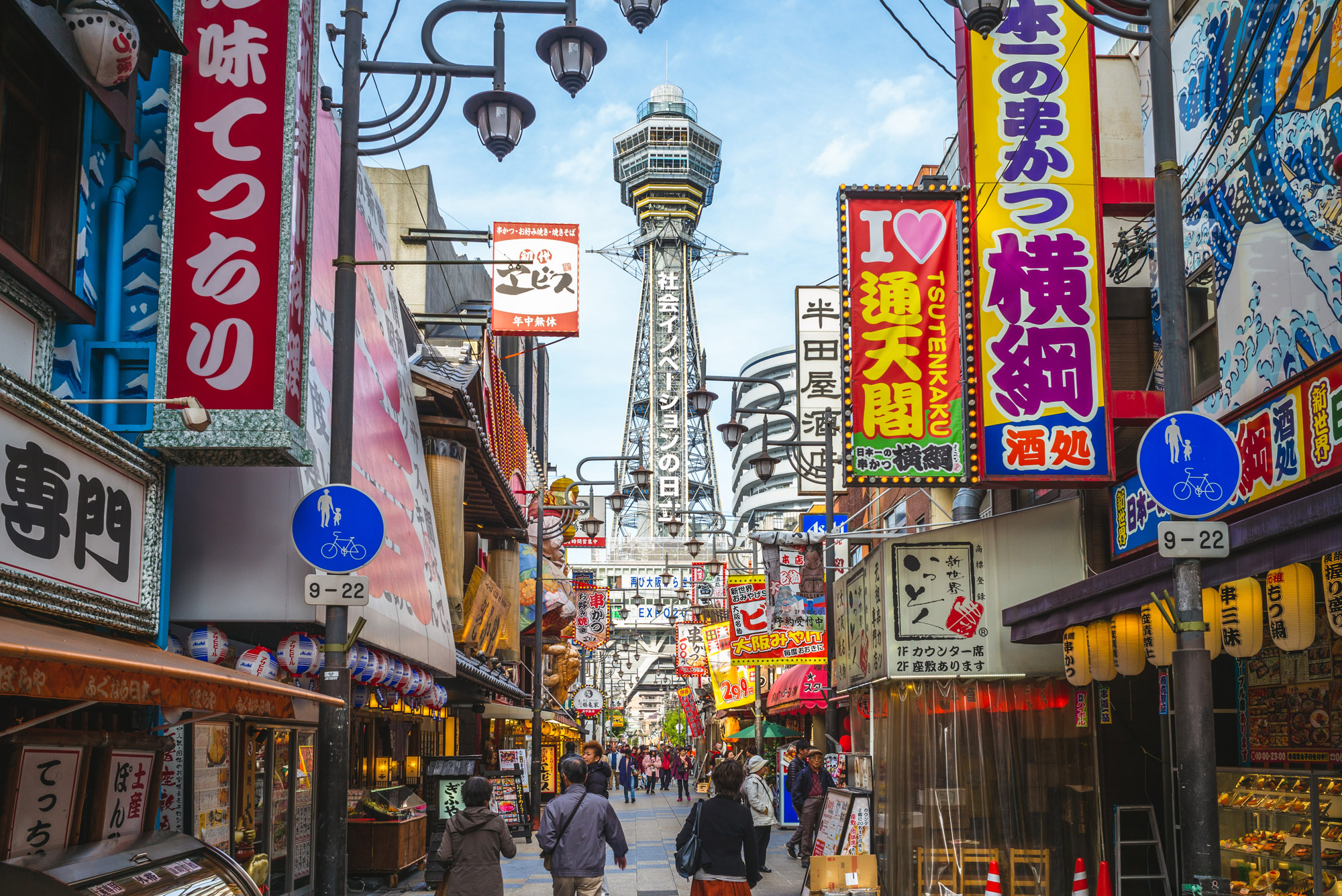
Osaka is the heart of the Kansai region and the birthplace of cultural triumphs such as the Takarazuka Revue (the all-female musical troupe known for its gender-bending actresses), karaoke and kaiten-zushi (conveyor-belt sushi). Visit the nation’s kitchen, the Dotonbori district, for top-notch street grub and get up close to Osaka Castle with a boat trip around the castle’s moats.
Matches: Osaka will host four games at Hanazono Rugby Stadium: Italy vs. Namibia (Sept. 22); Argentina vs. Tonga (Sept. 28); Georgia vs. Fiji (Oct. 3); and United States vs. Tonga (Oct. 13).
Transport: From Namba Station in the center of the city, take the Kintetsu-Nara Line for around 20 minutes to Higashi-Hanazono Station. The stadium is a 10-minute walk from there.
A weekend in Osaka: A sensory feast in the nation’s kitchen
Kobe
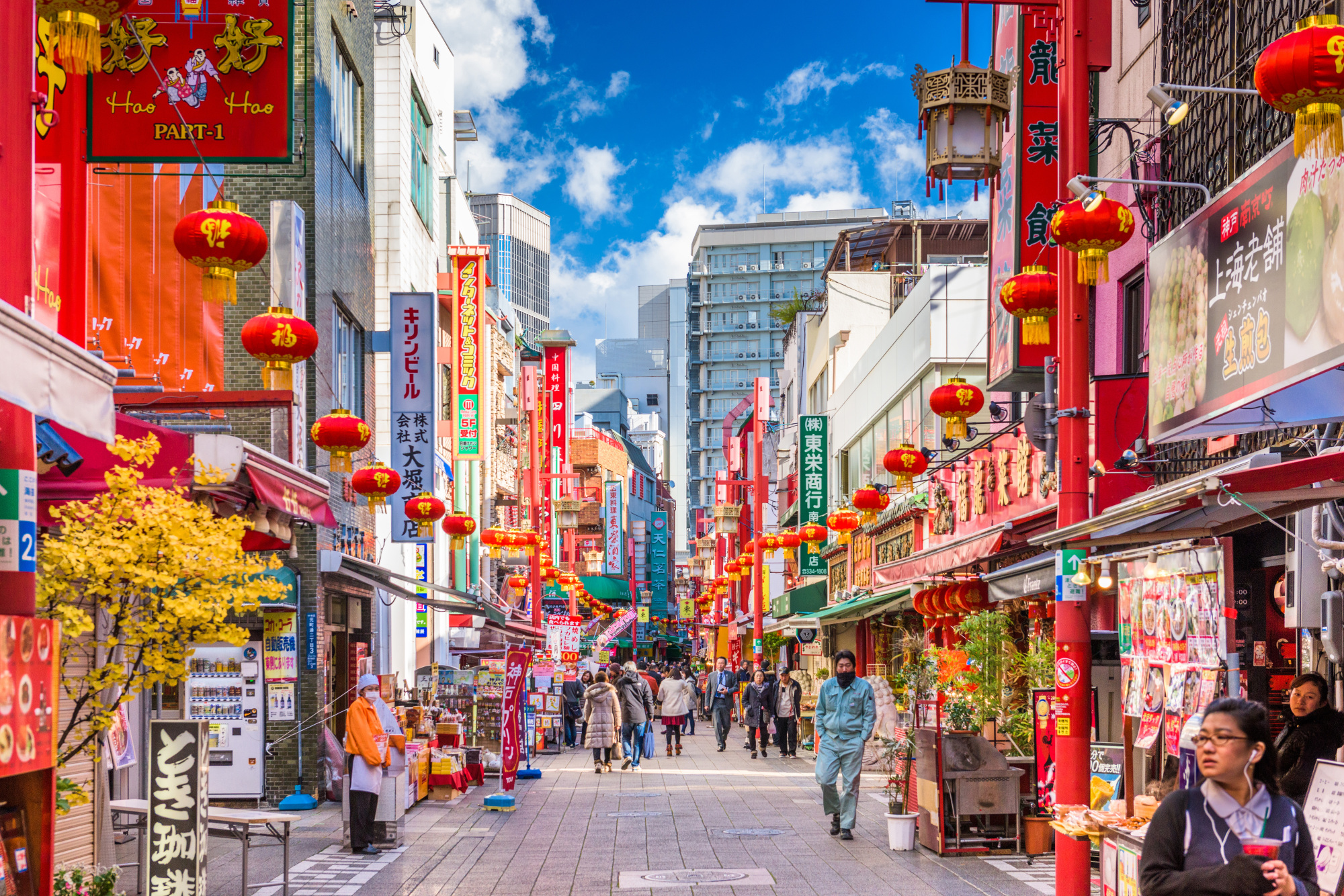
Kobe is home to one of Japan’s most celebrated exports, Kobe beef, but its lesser known attractions offer far more compelling reasons to visit than a side of steak. Nearby Arima Onsen is one of the oldest hot-spring towns in Japan, Nankinmachi is Kobe’s bustling Chinatown, and you’d be amiss to ignore the night view of Kobe’s glittering harborside skyline.
Matches: Kobe will host four games at Kobe Misaki Stadium: England vs. United States (Sept. 26); Scotland vs. Samoa (Sept. 30); Ireland vs. Russia (Oct. 3); and South Africa vs. Canada (Oct. 8).
Transport: Kobe will host four games at Kobe Misaki Stadium: England vs. United States (Sept. 26); Scotland vs. Samoa (Sept. 30); Ireland vs. Russia (Oct. 3); and South Africa vs. Canada (Oct. 8).
A weekend in Kobe: Beyond the beef, beyond the quake
Fukuoka
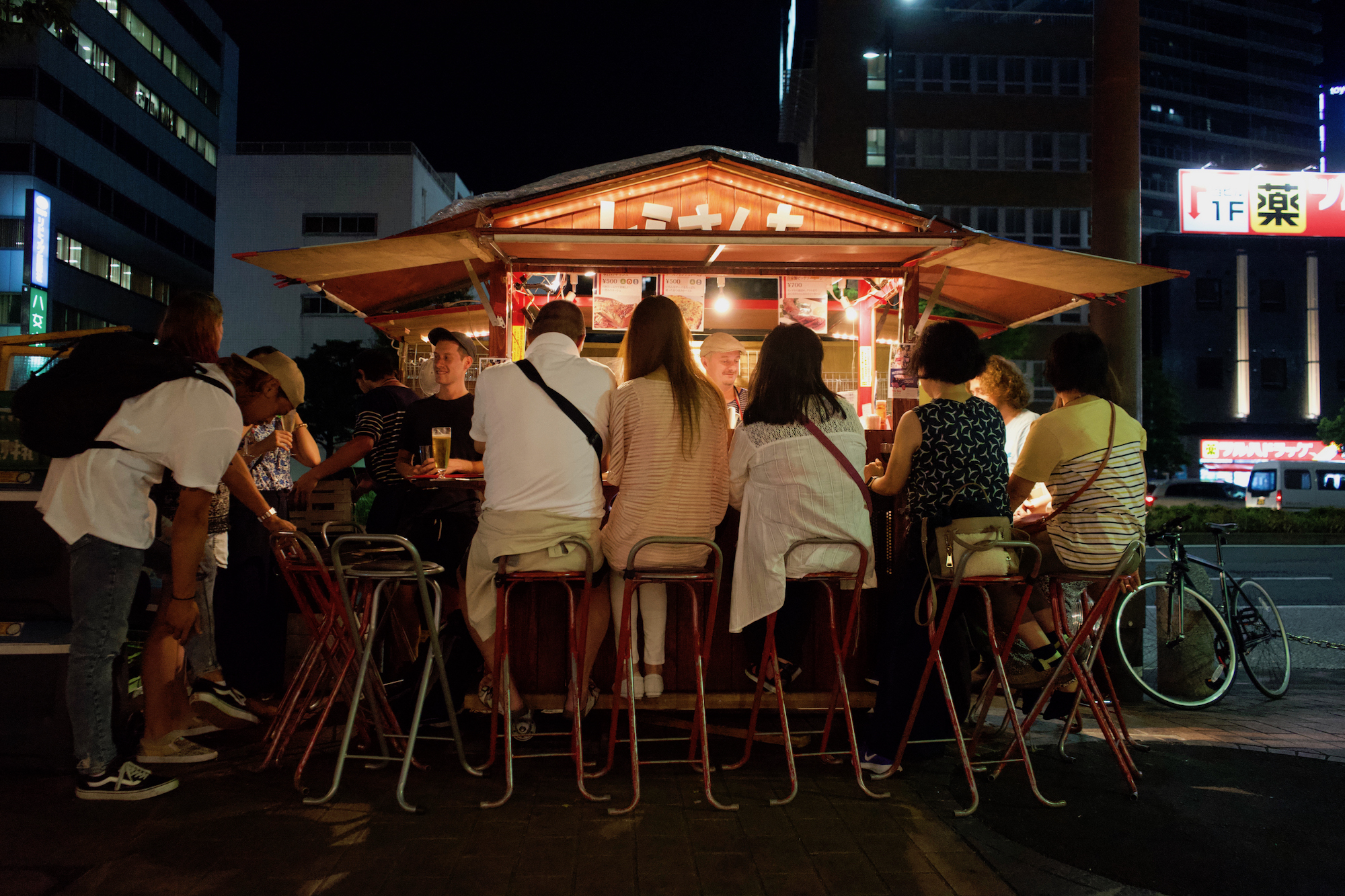
Compared to larger cities such as Tokyo or Osaka, Fukuoka is delightfully compact. Yet the city packs in an extraordinary amount into that space: from beaches and mountains, to Shofukuji, Japan’s oldest Zen temple, one of Asia’s 50 Best restaurants and excellent streetside food carts known as yatai.
For visitors, this is excellent news: In one weekend you’ll see a microcosm of Japan as a whole and leave infused with the city’s boundless energy.
Matches: Fukuoka will host three games at Fukuoka Hakatanomori Stadium: Italy vs. Canada (Sept. 26); France vs. United States (Oct. 2); and Ireland vs. Samoa (Oct. 12).
Transport: Fukuoka Hakatanomori Stadium is a short bus ride from Fukuoka Airport. From the Tenjin or Hakata areas, take the Kuko Line to Fukuoka Airport and catch a bus from there.
A weekend in Fukuoka: A youthful city, bursting with life
Oita
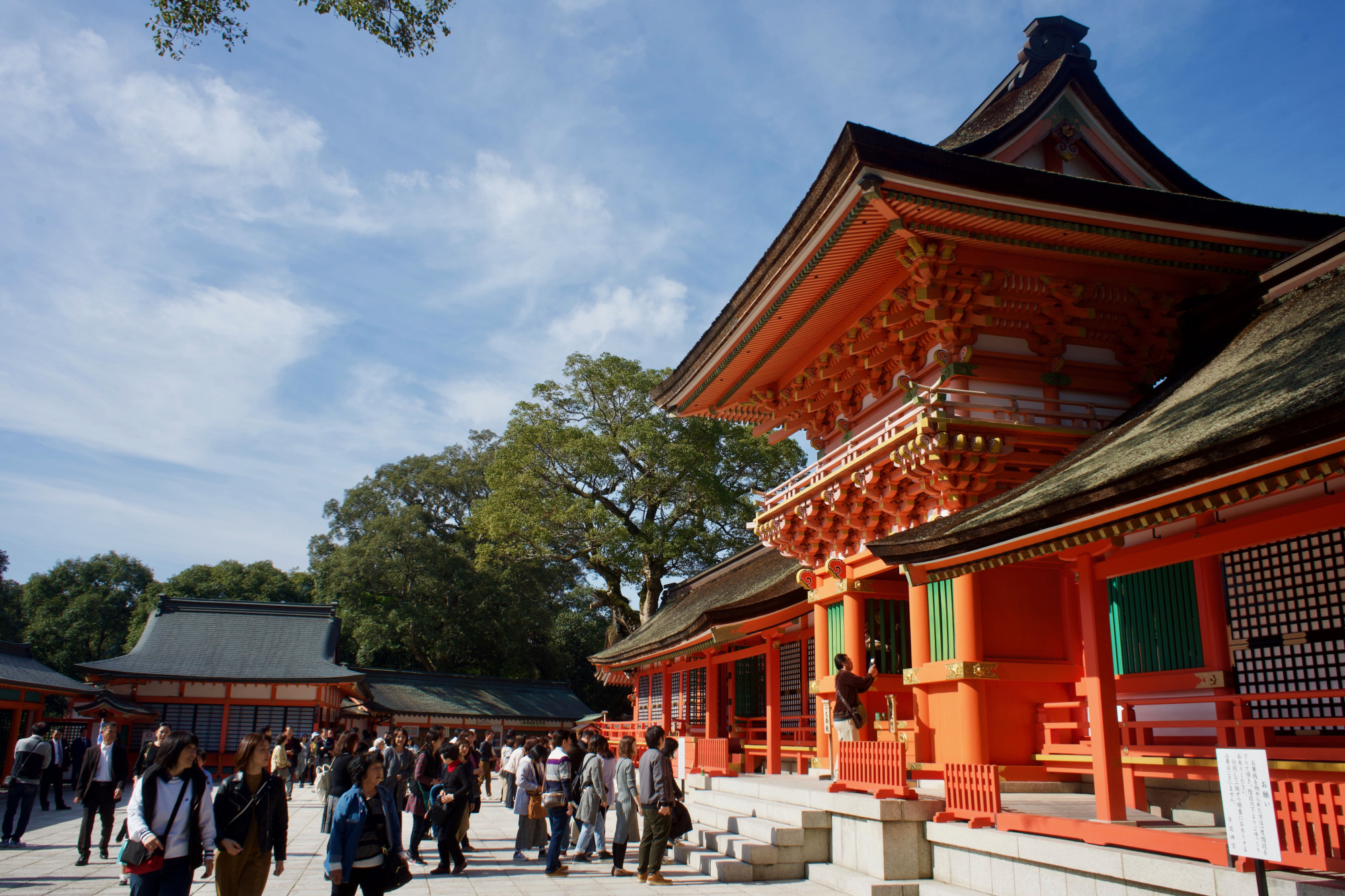
Nestled along the east coast of Kyushu, a trip to Oita is best used by exploring the extensive bounty of the prefecture rather than spending too much time in the city.
Visit Usa Shrine, home to the god of war, get buried to your neck in hot sand at Takegawara Onsen in Beppu or pay homage to the Usuki Stone Buddhas, the oldest existing stone sculptures in Japan.
Matches: Oita will host five games at Oita Stadium: New Zealand vs. Canada (Oct. 2); Australia vs. Uruguay (Oct. 5); Wales vs. Fiji (Oct. 9); QF1 (Oct. 19); and QF3 (Oct. 20).
Transport: Ride the bus from stop No. 3 at Oita Station bound for Park Place and alight at Oita Sports Park Higashi. The journey takes 35 minutes, and then five minutes on foot to the stadium.
A weekend in Oita: If the city’s not enough, head to the country
Kumamoto
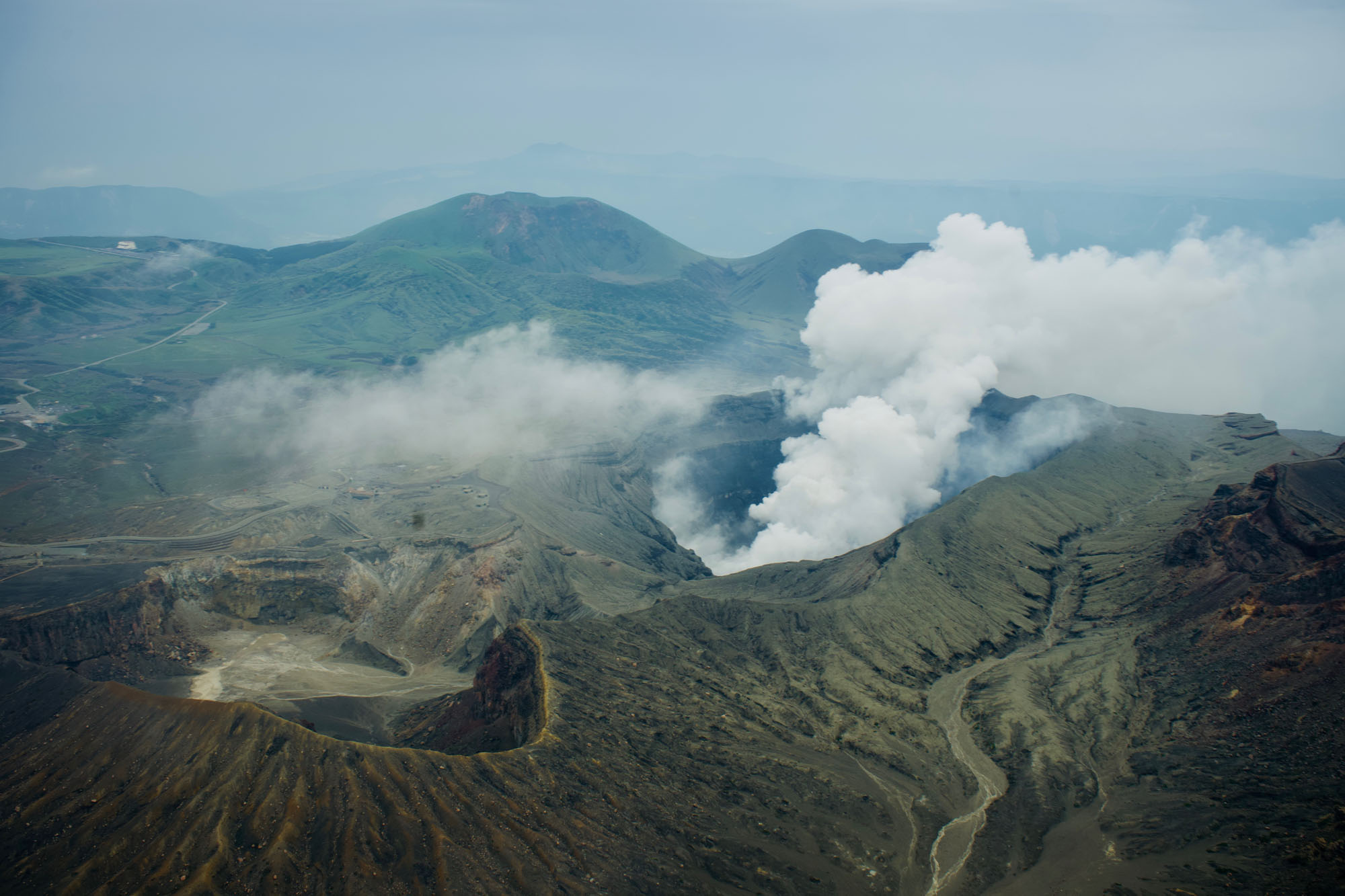
As far as cities go, Kumamoto is nothing special. The surrounding countryside, however, is magnificent. Take a helicopter tour over Mount Aso, Japan’s largest active volcano, or visit the hot-spring town of Kurokawa Onsen to sample Japan’s raw geothermal potential.
In the city, sample Michelin-star sushi at the elegant Sushi Sempachi, walk the grounds of the earthquake-damaged Kumamoto Castle and see Japan in miniature in the sculpted gardens of Suizenji Jojuen park.
Matches: Kumamoto will host two games at Egao Kenko Stadium: France vs. Tonga (Oct. 6) and Wales vs. Uruguay (Oct. 13).
Transport: Egao Kenko Stadium is a 50-minute bus ride from Kumamoto Station to Park Dome Kumamoto-mae bus stop, and then a short walk from there.



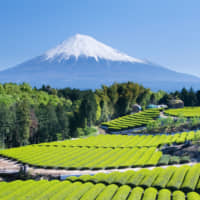













With your current subscription plan you can comment on stories. However, before writing your first comment, please create a display name in the Profile section of your subscriber account page.